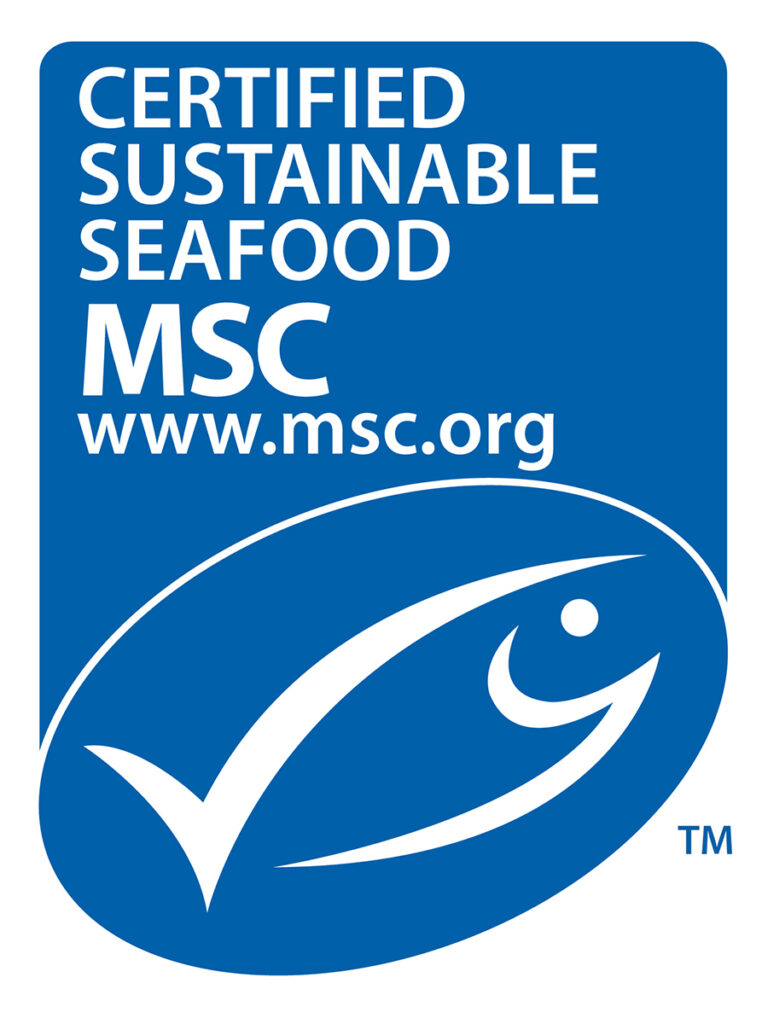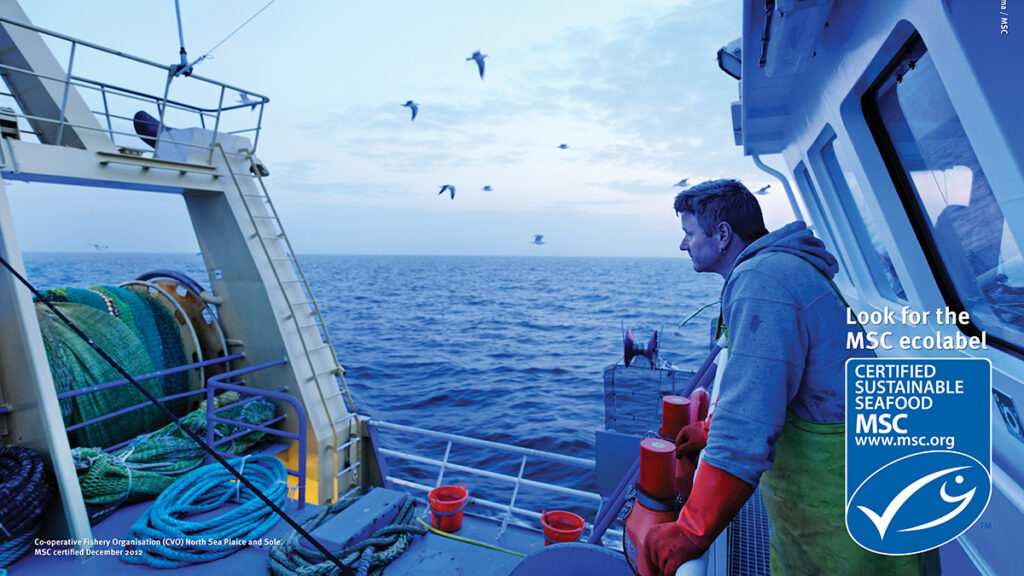What Is the Marine Stewardship Council?
If you eat fish that's certified sustainable, you may have the MSC to thank.
Jan 06, 2024
We all want our seafood to be delicious — that's a given. And for years, taste and price were top priorities for consumers. Now, though, shoppers have greater concerns when they are buying fish.
Judy Olsen, sourcing specialist at Vital Choice, explains that these may include:
- The perception that the oceans, at large, are overfished
- Concerns around slave/enforced labor in some regions
- Worries about fishing methods that can catch unintended marine life and possibly harm non-targeted, and even endangered, species
Fortunately for us — and the planet — an organization exists to keep us informed about the underbelly of the fishing industry and helps us buy seafood that is better for our planet in a number of ways.

How does Vital Choice source fish that is certified sustainable?
Vital Choice has partnered with the global environmental nonprofit Marine Stewardship Council (MSC) to offer certified sustainable products to give customers access to seafood sourced from a MSC-certified fishery. For more than 25 years, MSC has worked with fisheries, non-governmental organizations, scientists, and governance bodies to improve the way our oceans are fished with the mission to end overfishing to safeguard seafood supplies for this and future generations.
If you see the organization's blue fish label logo on fish packaging or "MSC" in a Vital Choice product description, it means you are buying wild, certified, sustainably fished seafood, harvested from healthy populations, with minimal environmental impact. Therefore, you can feel good knowing you are supporting continuous changes on the water to help protect the ocean for the future. (You can even check the MSC's website to track every fishery it has certified or is currently working with.)
What does it mean when my fish is "MSC certified sustainable"?
MSC is recognized by the United Nations for its role in helping to achieve five of the Sustainable Development Goals and used as an indicator in the UN Convention on Biodiversity Aichi Targets. It is now engaged with approximately 19% of global marine catch and aims to increase that number to 30% by 2030.

The MSC Fishery Standard focuses on three principles, which are:
- Healthy fish populations
- Fishing activity that minimizes impact on other species and the wider ecosystem.
- Fisheries that are well-managed so stocks can be fished for the long-term.
Fisheries are independently audited against the MSC Fishery Standard and must achieve high scores based on 28 performance indicators related to these three principles. In addition, the MSC Fishery Standard is heavily reviewed and improved every five years, so there is a continuous push for improvement with certified fisheries. The MSC certification program meets best practices set by the Global Sustainable Seafood Initiative (GSSI), International Social and Environmental Accreditation and Labeling (ISEAL), and the UN Food and Agriculture Organization (UNFAO).
MSC ensures the provenance of the products bearing its seal by tracking the seafood from fishery to sales points using independent surveillance audits, DNA testing, and product checks.
What kind of impact does MSC have on global fishing?
A total of 15 million tons of seafood were from fisheries engaged with MSC in 2022–23, according to the organization's annual report. And the organization is truly a global presence, working in 66 countries.
As part of its work on sustainability, MSC helps fisheries in developing economies improve their environmental performance and adopt sustainable fishing management practices. This has the dual benefit of strengthening local food security and boosting employment.

Other impacts include successfully reaching an international agreement to introduce state-of-the-art, harvest-control measures to safeguard Atlantic bluefin tuna stocks and helping local fishermen reduce the number of turtles they catch as they fish off the French island of Réunion in the Indian Ocean.
Over the past four years, the MSC's Ocean Stewardship Fund has awarded more than 100 grants worth almost $5 million. This money has gone toward supporting a wide range of fisheries and investing in research and innovation to support a healthy fishing industry for generations to come.
Is MSC taking action on global warming?
Climate change is already having major impacts on the oceans, raising water temperature and creating shifts in fish habitat. While this will cause tropical regions to experience a decline in fish stock, MSC says, cooler northern areas will see an increase in marine life. MSC works with fisheries to support them as they adapt to this new reality, guiding them toward sustainability.
How is MSC certification different from other label terms?
There are several labeling terms that products carry such as “responsibly farmed," “wild," “pole- and line-caught," and “all natural." But how can you be so sure?
Enter the MSC.
“The Marine Stewardship Council helps cut through the complexity," says Vital Choice's Olsen. “The MSC provides the imperative independent third-party assurance that exhaustive, comprehensive evaluation has been conducted to earn the certification. The process generally takes five years, and final reports can run hundreds of pages!"
Such in-depth, behind-the-scenes scrutiny helps ensure that the MSC-certified seafood we buy and enjoy is correctly labeled and comes from a certified fishery, leaving us the simple task of cooking up a delicious dinner that we can feel good about.







